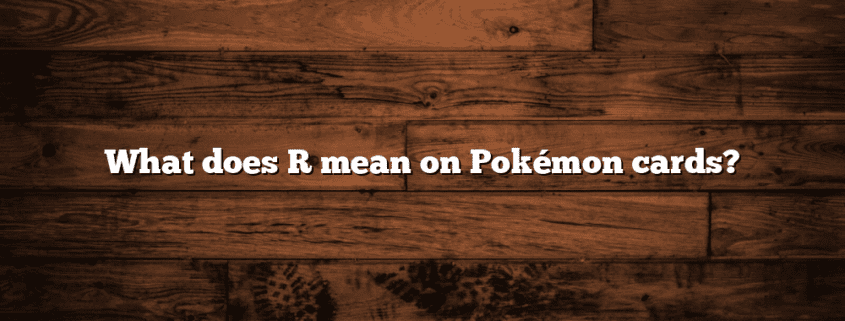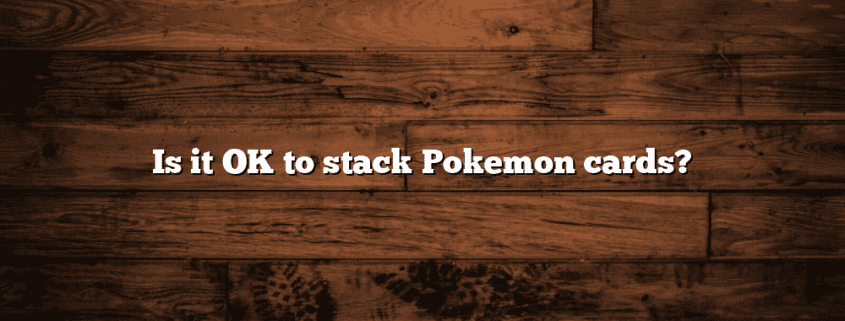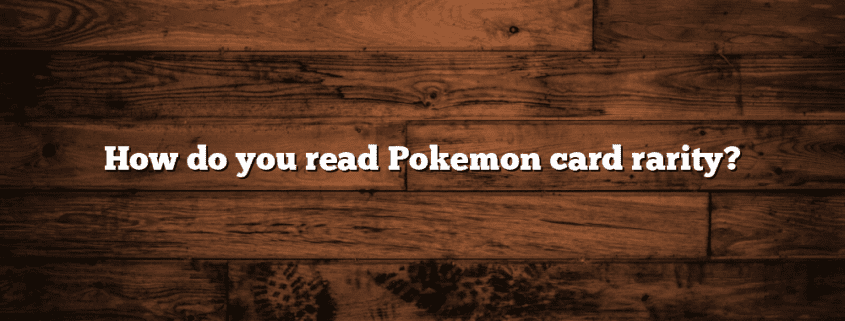How many Pokémon Energy cards should I keep?
How many Pokémon Energy cards should I keep?
When it comes to playing the Pokémon Trading Card Game (TCG), one of the most important aspects is building a strong and balanced deck. A crucial component of any deck is the Energy cards, which provide the necessary resources to power your Pokémon’s attacks. However, determining the optimal number of Energy cards to include in your deck can be a challenging task. In this article, we will explore this question in detail and provide valuable insights to help you make an informed decision.
The importance of Energy cards in Pokémon TCG
Energy cards are the backbone of any Pokémon TCG deck. They are essential for powering your Pokémon’s attacks, allowing you to deal damage to your opponent’s Pokémon and ultimately win the game. Without sufficient Energy cards, your Pokémon will be unable to perform their attacks, rendering them ineffective in battle.
Each Pokémon card in the TCG requires a specific type and amount of Energy to use its attacks. For example, a Charizard card may require three Fire Energy cards to unleash its powerful Flamethrower attack. Therefore, having an appropriate number of Energy cards in your deck is crucial to ensure that you can consistently power your Pokémon’s attacks and maintain a competitive edge.
Factors to consider when determining the number of Energy cards
While there is no one-size-fits-all answer to how many Energy cards you should include in your deck, several factors can help guide your decision-making process:
1. Pokémon’s attack requirements
The first and most important factor to consider is the attack requirements of the Pokémon in your deck. Different Pokémon have varying energy costs for their attacks, and it is essential to have enough Energy cards to meet these requirements consistently. For example, if your deck consists of Pokémon with high-energy attacks, you will need a larger number of Energy cards to ensure you can power those attacks consistently.
2. Deck strategy and playstyle
Your deck’s strategy and playstyle also play a significant role in determining the number of Energy cards you should include. Some decks focus on fast and aggressive gameplay, aiming to quickly power up their Pokémon and launch powerful attacks. These decks typically require a higher number of Energy cards to ensure a steady flow of resources. On the other hand, control or stall decks may prioritize disruption and defense over offense, requiring fewer Energy cards.
3. Card draw and search abilities
Another factor to consider is the presence of card draw and search abilities in your deck. Certain Pokémon, Trainer cards, or Supporter cards allow you to draw additional cards from your deck or search for specific cards, including Energy cards. If your deck includes such cards, you may be able to get away with a slightly lower number of Energy cards, as you can rely on these abilities to find the necessary Energy when needed.
4. Energy acceleration cards
Energy acceleration cards are cards that allow you to attach Energy to your Pokémon more quickly or in larger quantities. These cards can help compensate for a lower number of Energy cards in your deck by providing alternative means of powering your Pokémon’s attacks. Examples of energy acceleration cards include cards like “Max Elixir” or Pokémon with abilities like “Turbo Patch.” If your deck includes these types of cards, you may be able to reduce the number of Energy cards slightly.
General guidelines for Energy card count
While the optimal number of Energy cards can vary depending on the factors mentioned above, here are some general guidelines to consider:
- For decks with Pokémon that have low-energy attacks, a range of 10-15 Energy cards is typically sufficient.
- Decks with Pokémon that have moderate-energy attacks usually benefit from 15-20 Energy cards.
- Decks with Pokémon that have high-energy attacks may require 20 or more Energy cards to ensure consistent attack power.
It is important to note that these guidelines are not set in stone and should be adjusted based on your deck’s specific needs and playstyle. Experimentation and playtesting are key to finding the right balance for your deck.
Conclusion
When determining the number of Pokémon Energy cards to include in your deck, it is crucial to consider factors such as the Pokémon’s attack requirements, deck strategy, card draw abilities, and energy acceleration options. By carefully evaluating these factors and experimenting with different Energy card counts, you can find the optimal balance that allows your deck to consistently power its attacks and achieve victory in the Pokémon TCG. Remember, there is no one-size-fits-all answer, so take the time to analyze your deck and make adjustments accordingly. Good luck and happy battling!










